In case you missed it, last night the painter and porn star Zak Smith (
@ZakSmithSabbath) tweeted 67 tips for art critics. Here they are:
1. Assume any young artist you _don't_
write about will die of starvation tomorrow. (They won't, but their art might.)
2. In the time it takes you to go to an
art opening, you could have seen hundreds, maybe thousands of artworks online...
...go to the opening, drink their beer,
then go home and look at art.
3. Stop using Events as reasons to write about
artists...
...that just privileges the ones lucky or
rich enough to be having events.
4. TUMBLR
5. DeviantArt
6. Stop asking for artist's statements. If
the statement makes you like the art more, it sucks and so do you.
7. Go to art fairs. MOVE FAST. Talk to
no-one. When you find good art, demand to be alone with it for an hour.
8. Interview artists. Ask questions _about
the art_ not about where they grew up or what they named their dog.
9. If Andy Warhol could have made it, do
not write about it
10. Look at things that are just there for
free: teatrays, pickles, pigeons. If the art is like that, don't write about it.
11. Given a choice between "What the
artist I like said is crazy" or "What the artist I like said is over
my head" assume the latter & ask
13. Never say an artist
"undermines" anything that you didn't even believe when you walked
into the show.
14. Never reward an artist for
broadcasting stuff _you already knew_ to a bunch of other gallery-goers.
15. If you need context, it sucks.
16. If the artist hired someone to make
their art for them, go find THAT kid and make THEM famous.
17. Interview art students &
assistants to find out who is pretending to make their own art but doesn't. Out
them. Destroy them.
18. FACT CHECK FACT CHECK FACT CHECK FACT
CHECK FACT CHECK FACT CHECK FACT CHECK FACT CHECK FACT CHECK FACT CHECK &
then CHECK YOUR FACTS
19. Realize that the subject of a work of
art is easy to write about & the style isn't. Don't waste time writing
about the subject.
20. If reality TV, Netflix documentaries,
Vice, Youtube or anybody else are already doing what the art does better, don't
write about it.
21. Never waste column inches saying
something obvious from the picture accompanying the column.
22. Realize the best & most honest way
to talk about the art is to reproduce it. Demand your editor include lots of
pictures, good ones.
23. Do not go and take a shitty snapshot.
The gallery and artist have really good pictures, ask for them.
24. You see wonderful art:but,fuck,it has
no story Do NOT build a story Close your eyes. You are Baudelaire. Rebuild the
experience in words
25. If all the art does is show rich old people
things in a gallery poor young people already knew outside the gallery, don't
write about it
26. Great artists can be born, ignored all
their lives, and die. That can happen. Realize that does happen. Moby Dick was
a failure.
27. If you're writing about an artist,
you're doing PR for them if you want to or not. Your loyalty should be to the
truth.
28. Ask installation artists where the
money to put their show together came from.
29. Do not reward art just for being big.
More generally: do not reward artists just for being rich or beloved by the
rich.
30. Start a band or do some music
journalism. It will free you of the obligation to try to meet people to sleep
with at art openings.
31. Sometimes students make the best art.
Sometimes 17 year olds who can't afford art school make the best art Galleries
won't tell you this
32. Realize all group shows are bullshit.
Use them for what they are: mercenary opportunities to get the folks you like
in front of people
34. Read: David Thomson's Biographical
Dictionary of Film (that's how you describe people)
35. Read Borges "Collected
Nonfictions" & David Foster Wallace's "Tense Present" &
Orwell's "Politics & the English Language"
36. Read Lolita. This is the best & most
extended work of art criticism in the world. Humbert is the critic, Lolita is
the art. Be careful.
37. When in the presence of beauty or
talent, be humbled by the realization that it is unknowable & bigger than
you OR the artist.
38. If all the kids like it and all the
grown-ups don't, the kids are right.
39. You can chip away, but you can't know
it all. Mathematicians admit there might always be another solution
40. Don't look for messages or meaning.
Everything has tremendous meaning. Look at art like food: it's tasty--find out
how it got that way.
41. Read Susan Sontag "Against
Interpretation" & at least one essay by Sarah Horrocks on some comic
book you never heard of
42. Read David Sedaris' 12 Moments In the
Life Of The Artist. Use it as a gut check: am I one of these assholes? Why not?
43. The artist's goals and intentions
don't matter in evaluating the art any more than the baker's in evaluating a
cake
44. The wall text is there for people who
hate art but feel class anxiety telling them they shouldn't. Ignore it.
45. If it tastes good, it IS good as far
as you will ever know. If it tastes bad, it IS bad as far as you will ever know.
46. Once you read 12 Moments in the
life... read Thorsten Veblen's Theory of the Leisure Class. You write about
Veblen goods. Don't forget.
47. If you are interested in the artist:go
be interested, write a book But it won't tell you if the art's good or bad.
48. Abstract art had a very short heyday
because critics had a hard time writing about it: no subjects to grab on to. Be
better than them.
49. Go to the little church in Rome where
they keep The Ecstasy of St Teresa. If it isn't at least that good, don't write
about it.
50. If you don't know, don't _guess_. Ask.
You are, after all, a journalist.
51. "Important" just means
"influential" which just means "easy to copy". None of
those words mean "good".
52. Never ascribe to simultaneous
spontaneous mystical agreement what can be explained by capitalism.
53. Vasari started a tradition of art
criticism where the Renaissance was a sort of TSA gate you had to go through to
get to "real" art...
...for 100 years, hard-working art
historians have been tryna correct that mistake. Listen to them. If you don't
know who Bihzad is, learn.
54. Once a year read a major article in
that month's Artforum. Then ask everyone you meet in the art world if they read
it.
(they didn't read it, but it'll give you a
sense of proportion to realize they didn't)
55. Remember the art isn't just competing
with other art, it's competing with everything else you could do that day. It
must win anyway.
56. Remember the current critical
consensus was formed by people who are so high they still like jazz. Drugs make
boring things interesting.
57. Never trust an artist, critic, or
curator who says they are "interested in problems..." that they
aren't actually trying to solve.
58. The gallery business survives by
claiming they found a genius once a month. The excuse is "Well they might
be...test of time"...
...(There is no test of time)
59. ..and even if there was: a world where
it's in nobody powerful's interest for art to ever depreciate short circuits
any test of time
60. When there is corruption or injustice
artists & dealers cannot afford to name names. Not even Banksy names names.
You can. Do it.
61. Right now some would-be great artist
is exhausted from just spending 12 hours making an elf ear for some tv show.
Realize that happens.
62. Arthut Danto said The Polish Rider was
deeper and more searching than a random agglomeration of paint that happened to
look...
...exactly like The Polish Rider. And he
_still had a job_ afterwards. So: the bar's pretty low.
63. Don't say "we" unless you've
read a lot of neuroscience.
64. If it looks like a prop or film still
from a movie the artist wishes they'd made but didn't, don't write about it.
66. It's 2013 so everyone gets to be told
what artists have been told since the '60s..
...your ability to get noticed is not just
more important than your job, it IS your job. You enjoying that? Is it making
your work better?
67. Anything can ignite debate with a high
enough ratio of how loud you are to how boring it is.



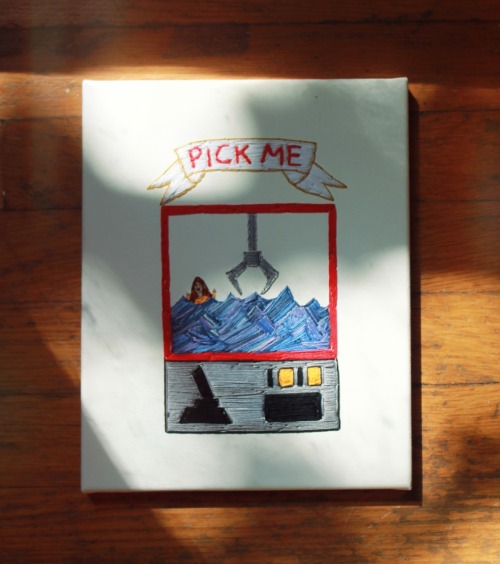


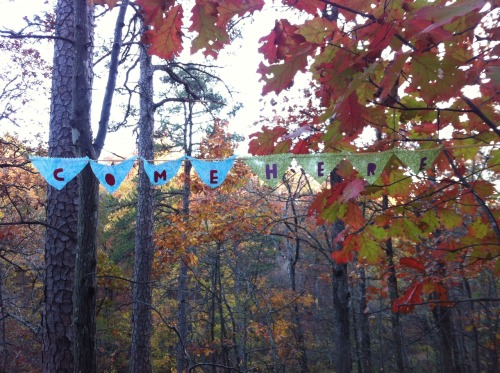
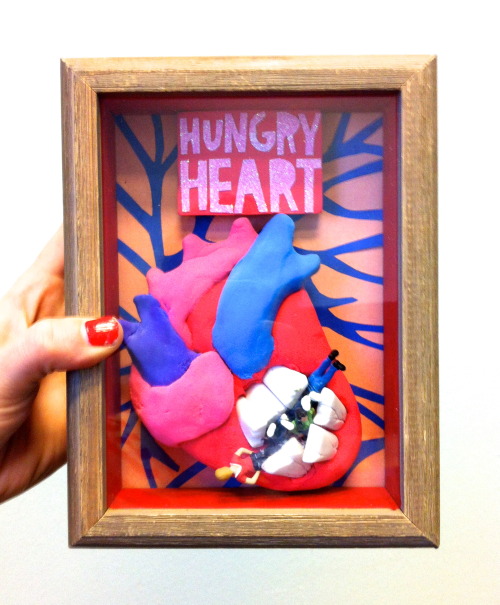
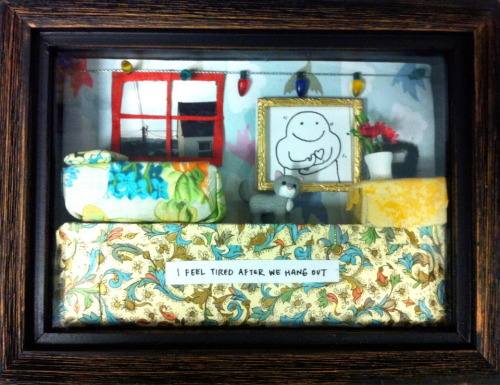
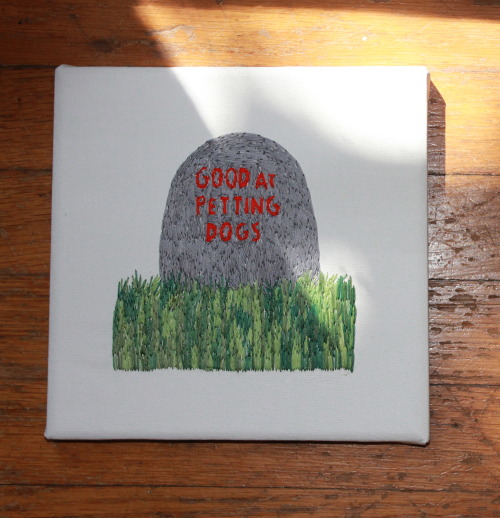
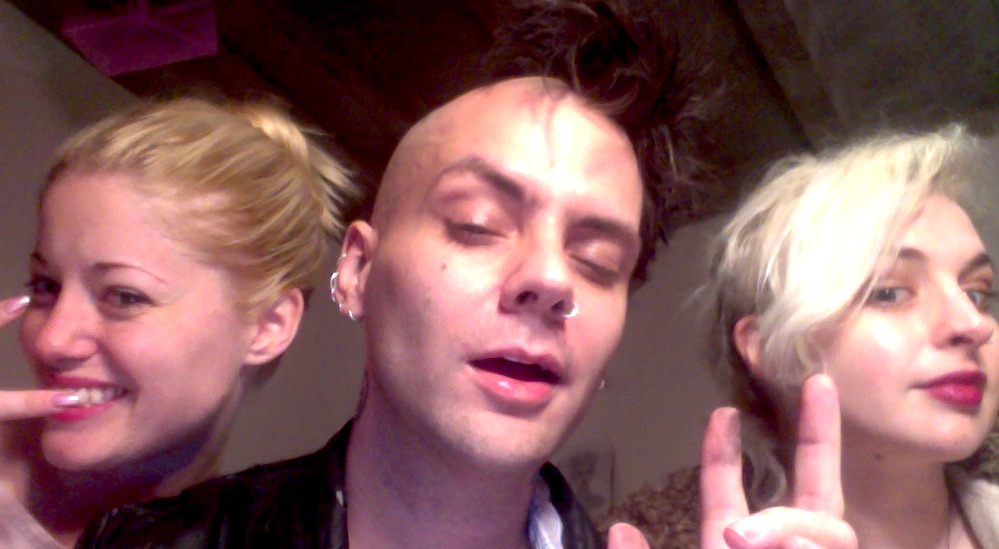


.jpg)








